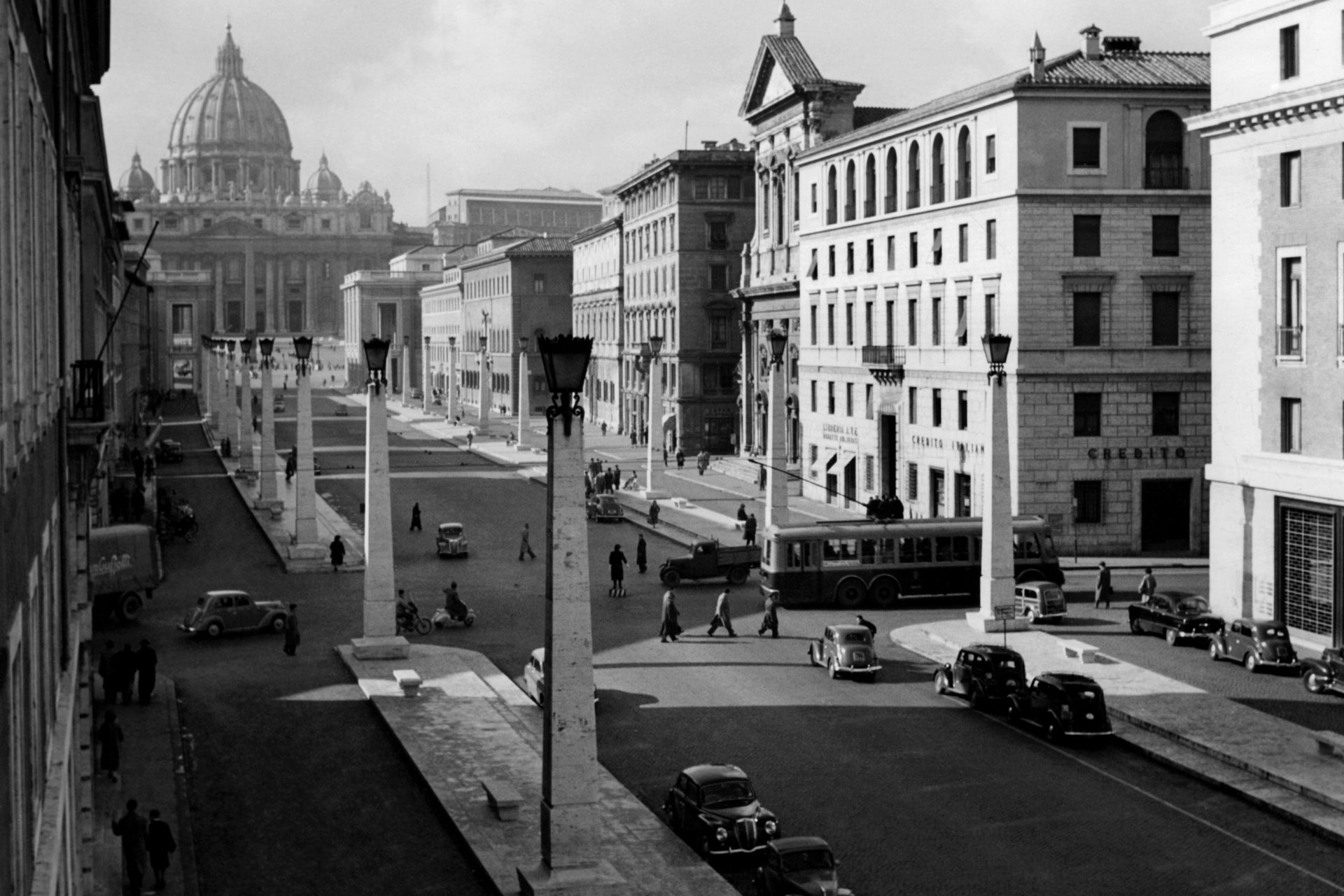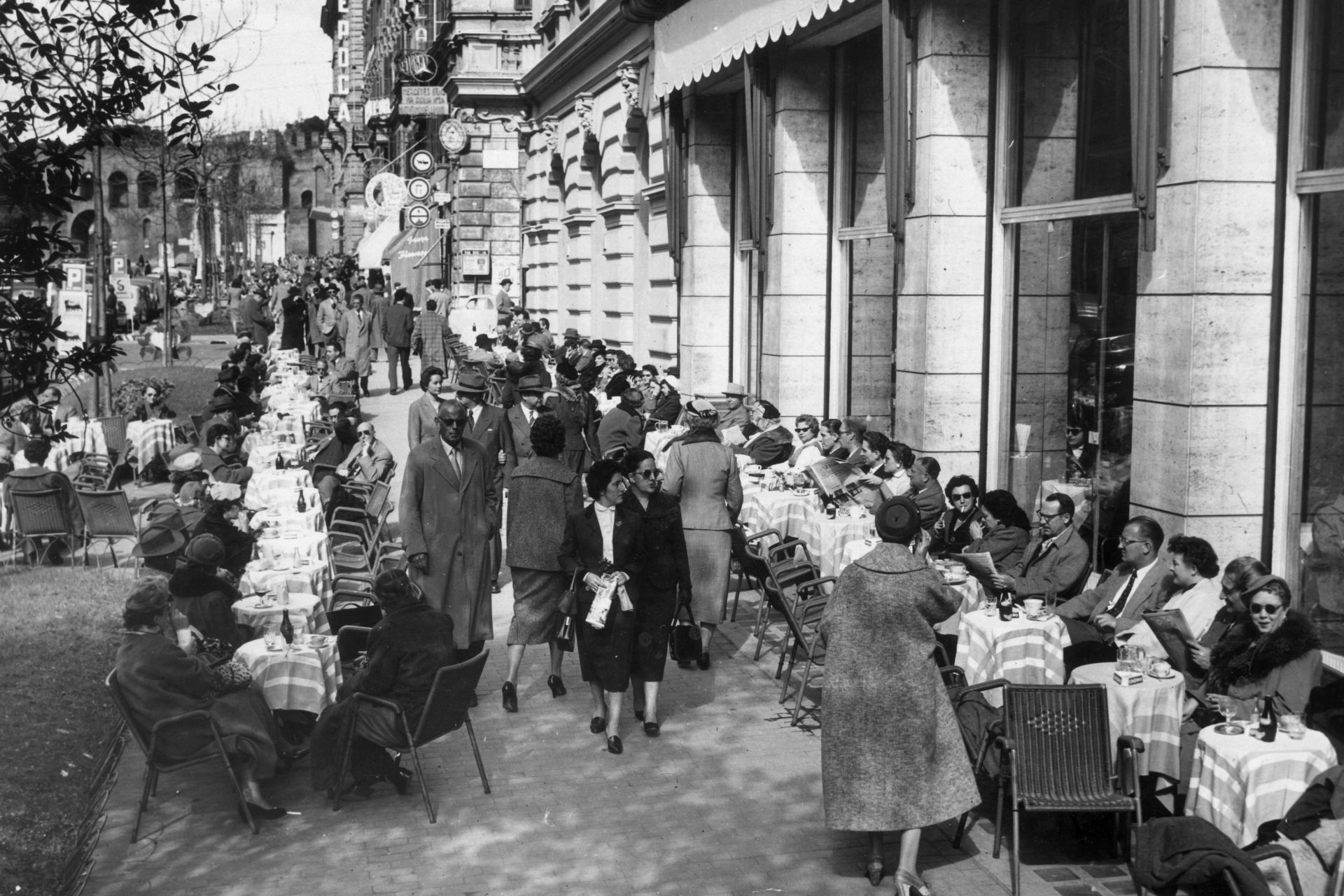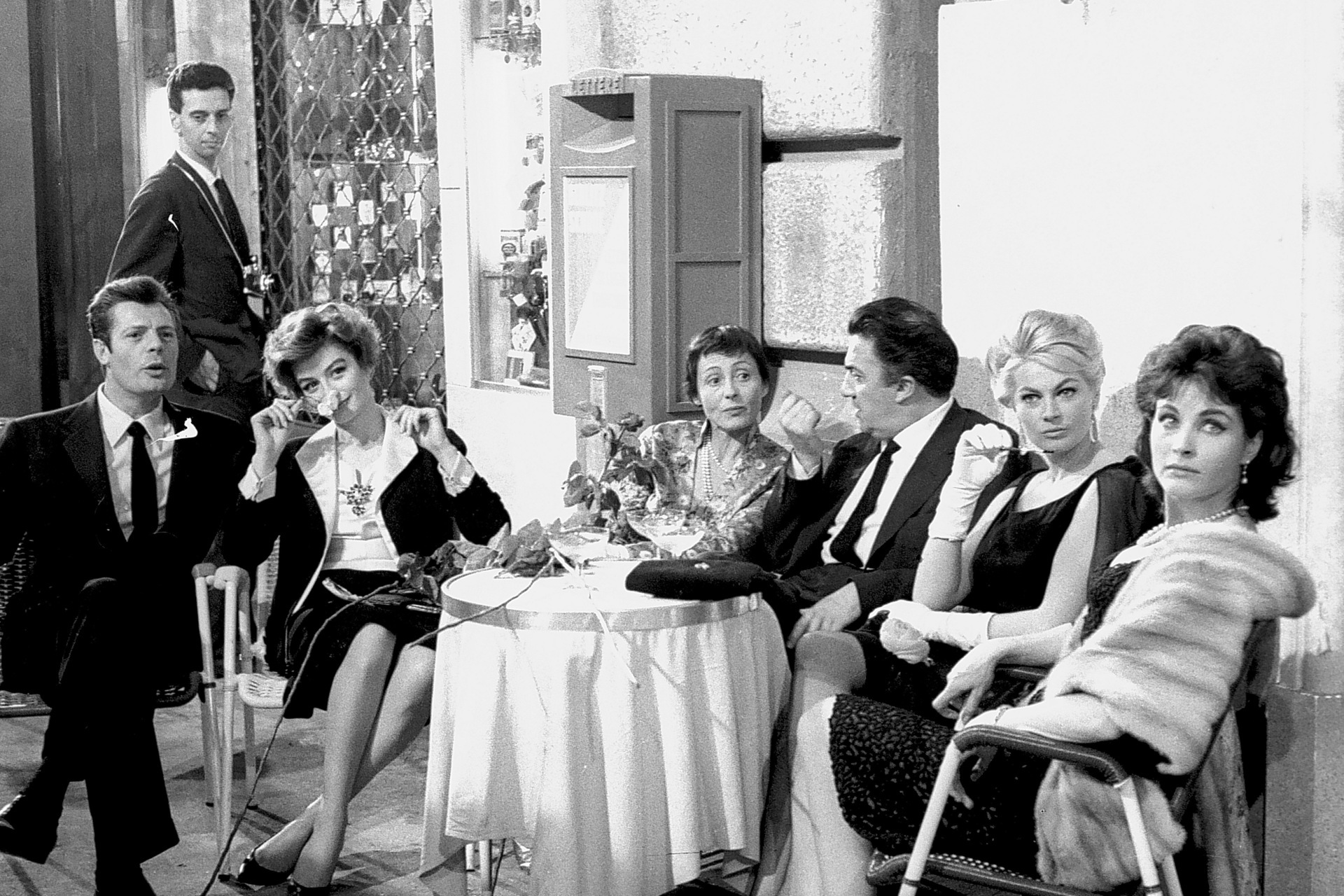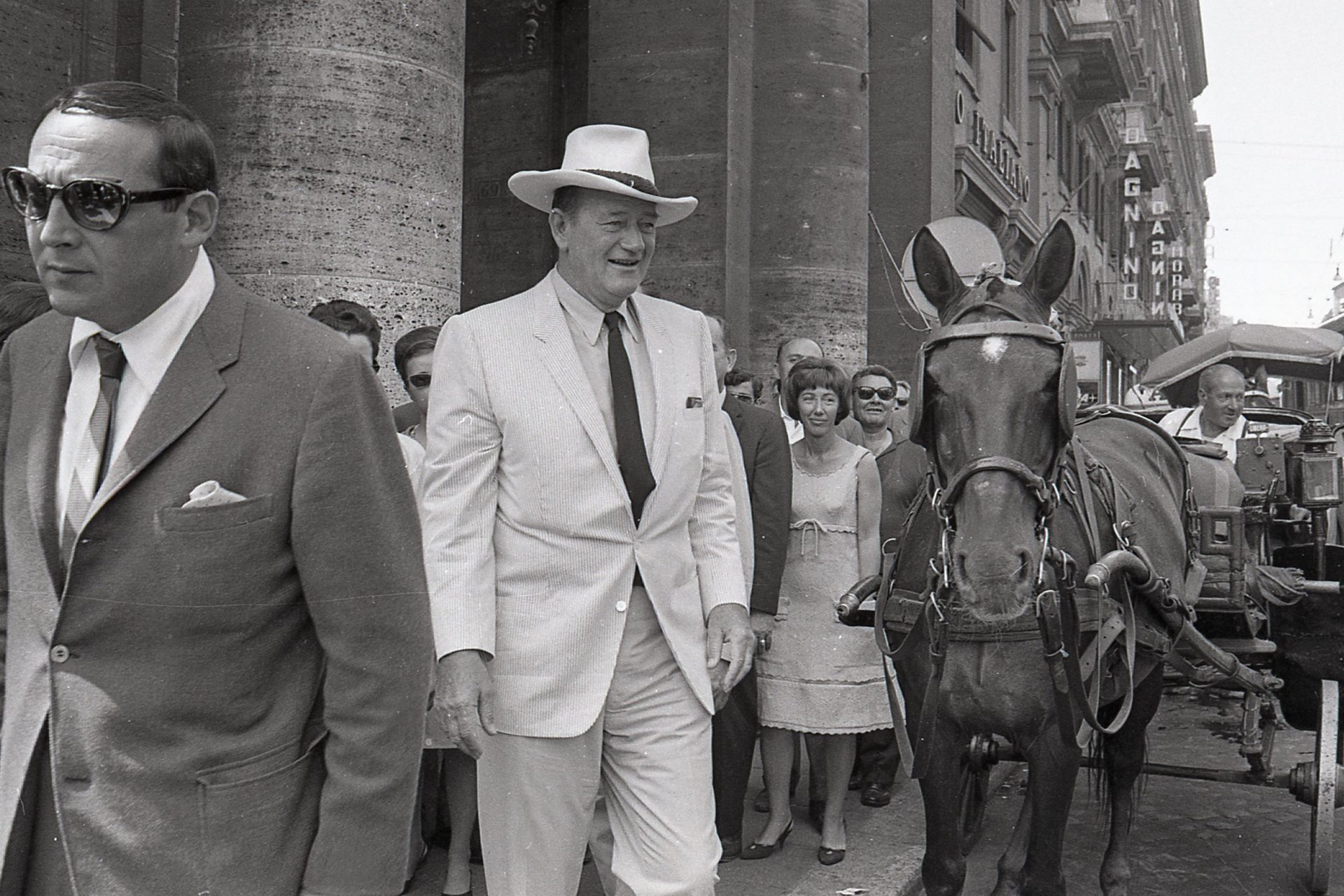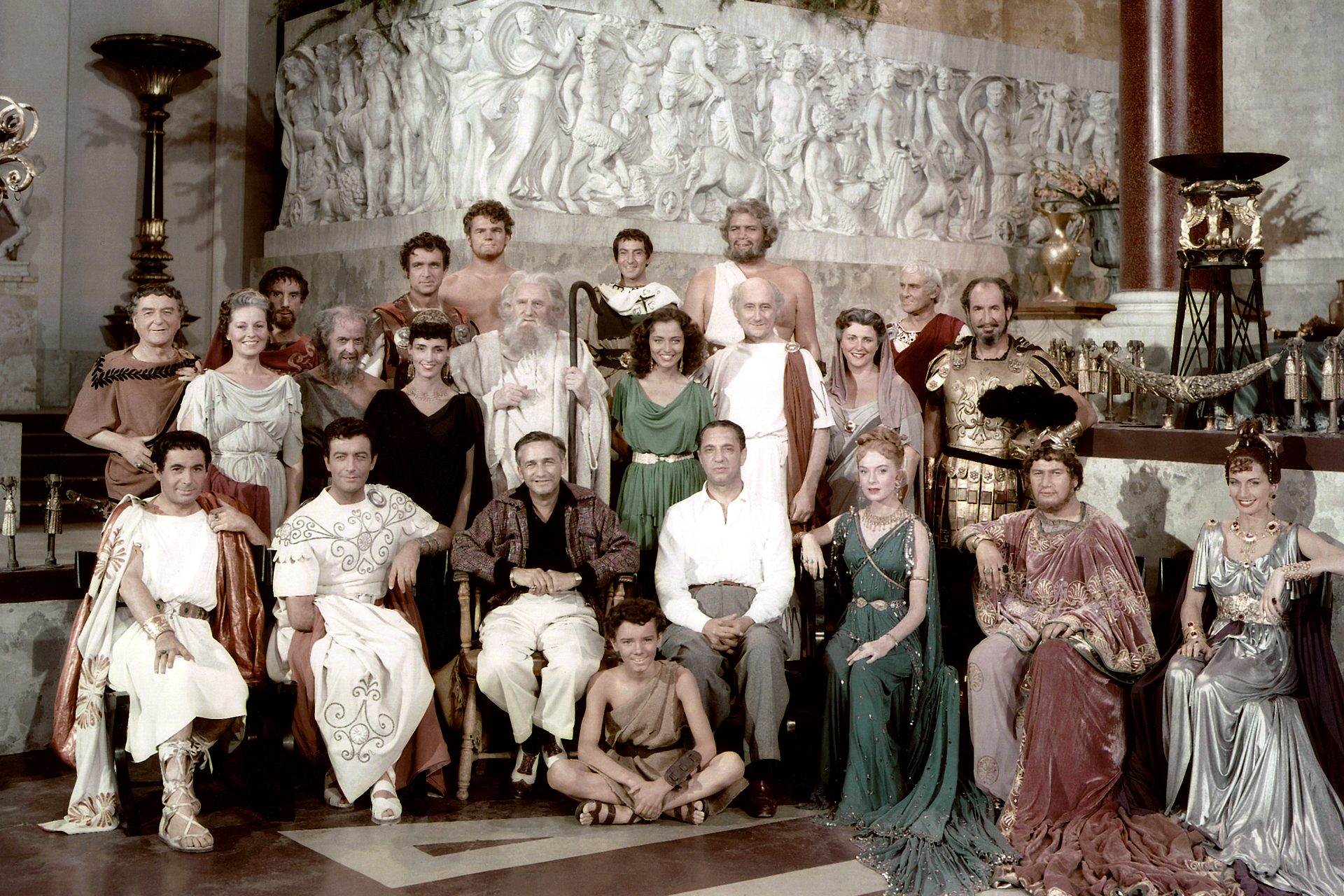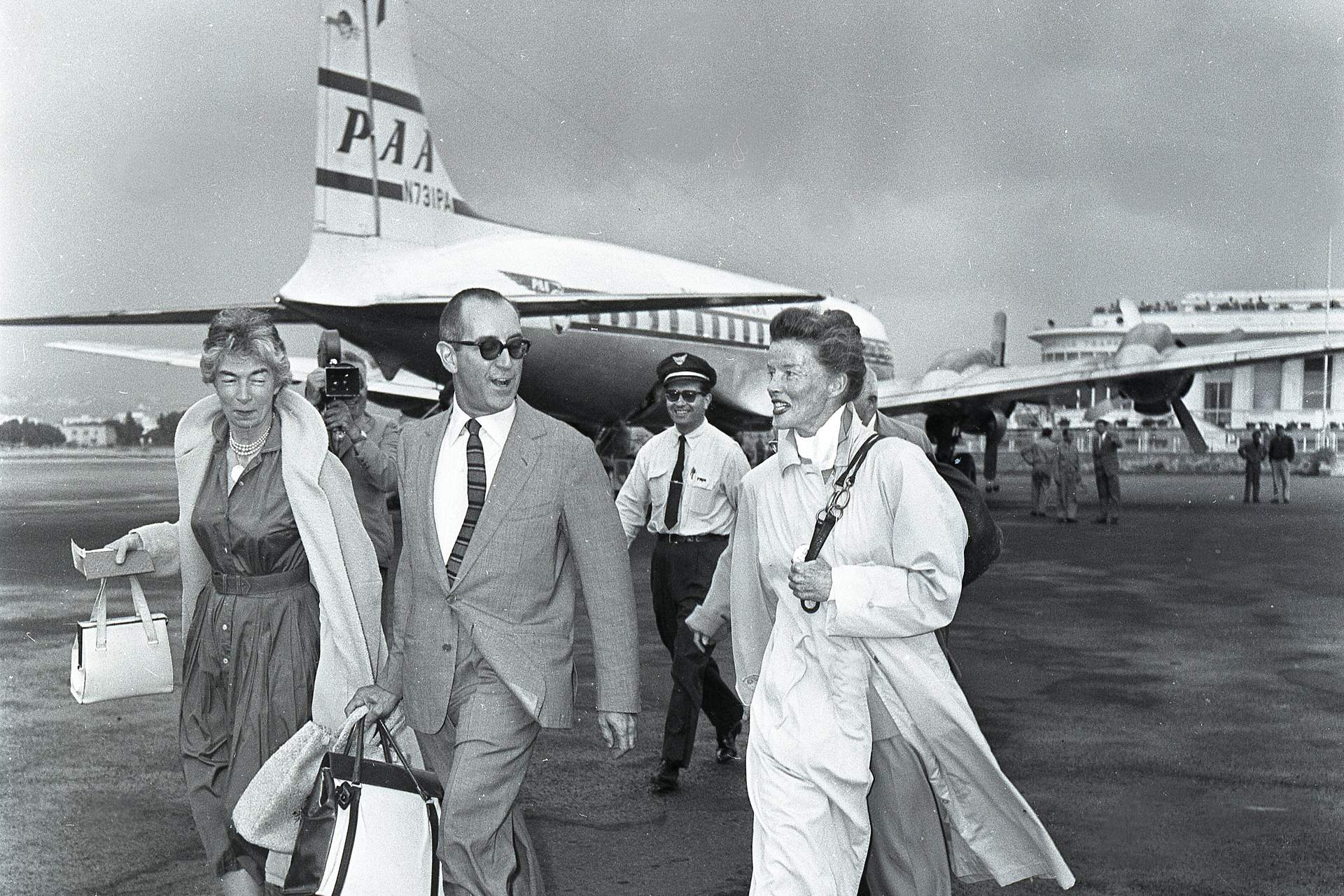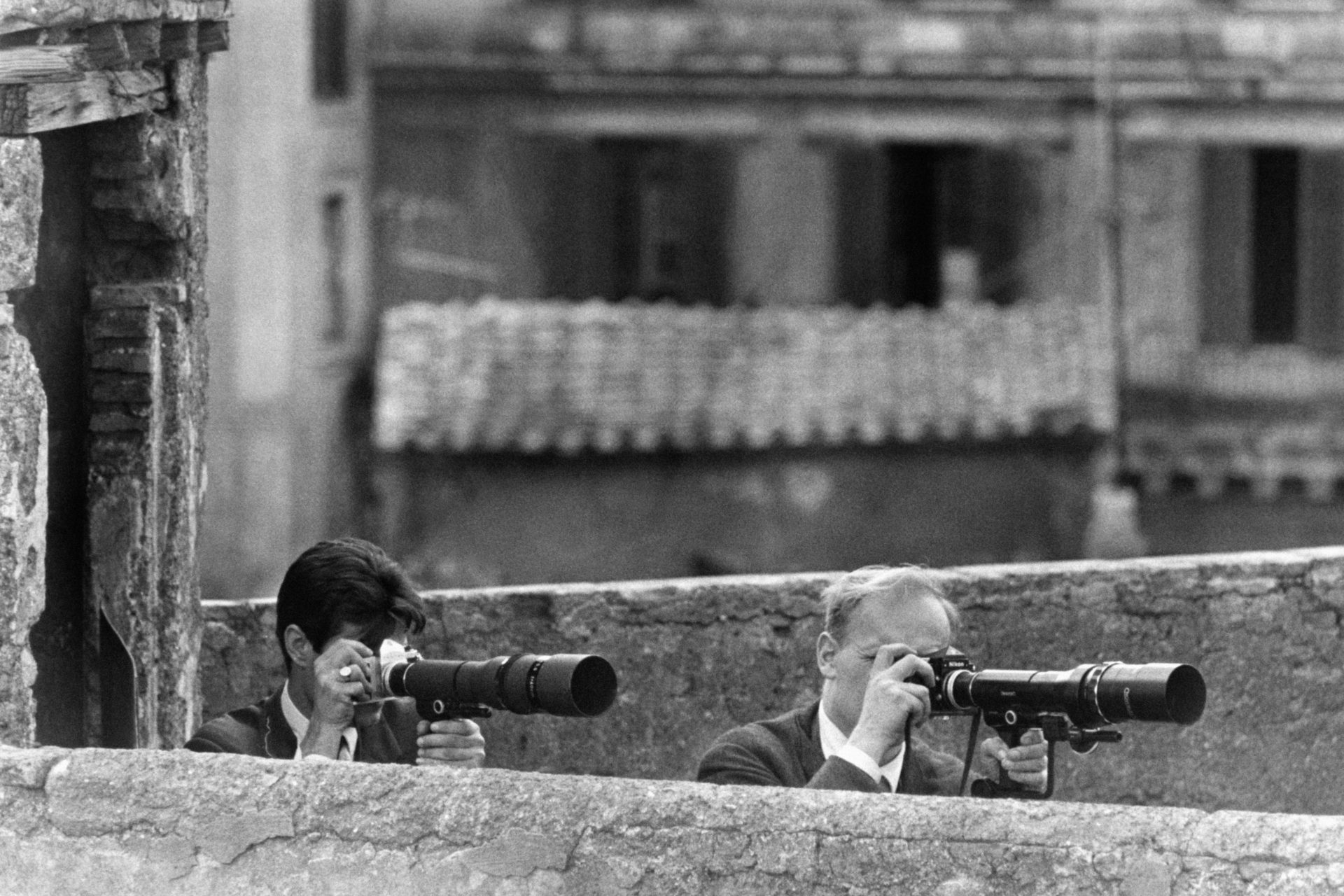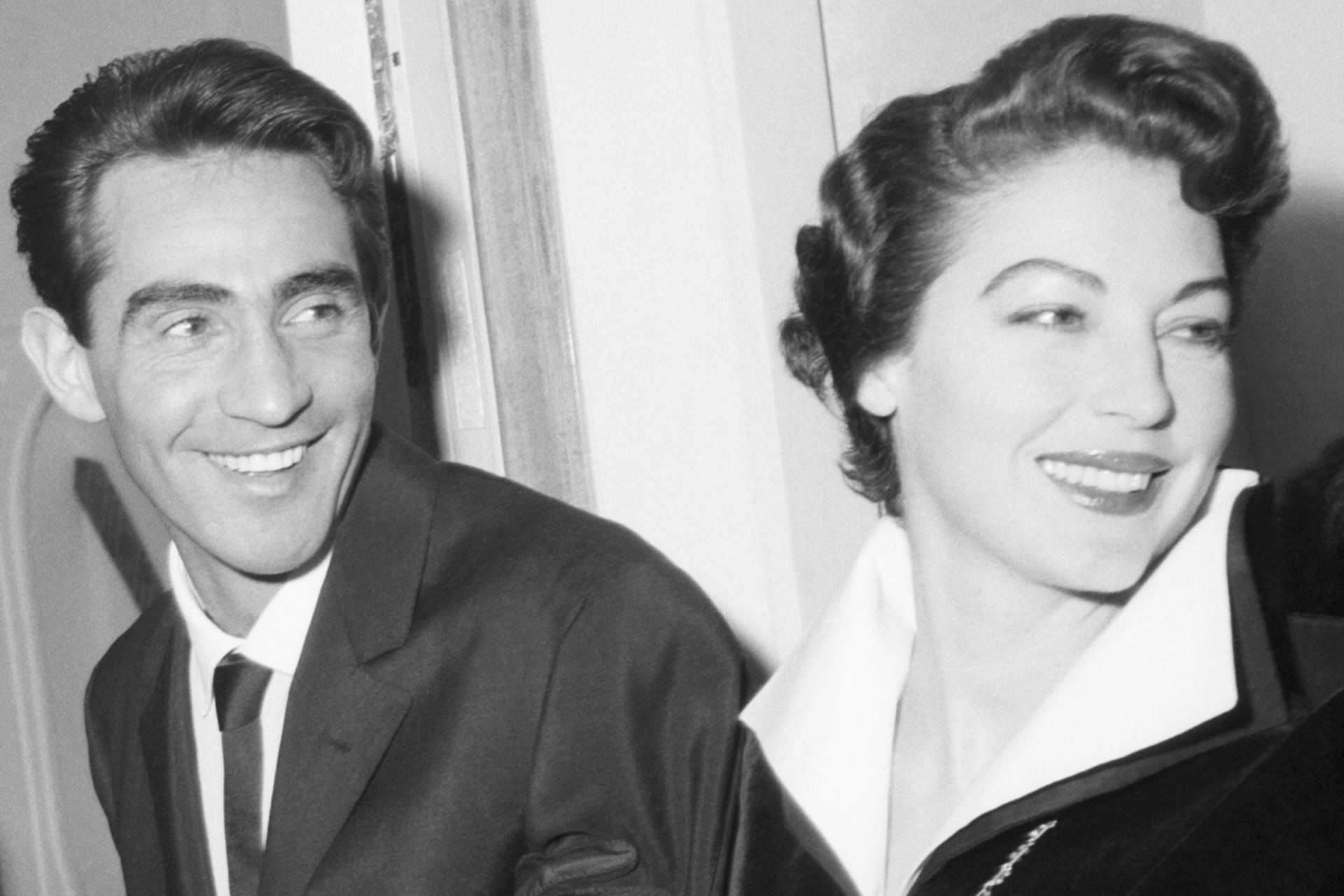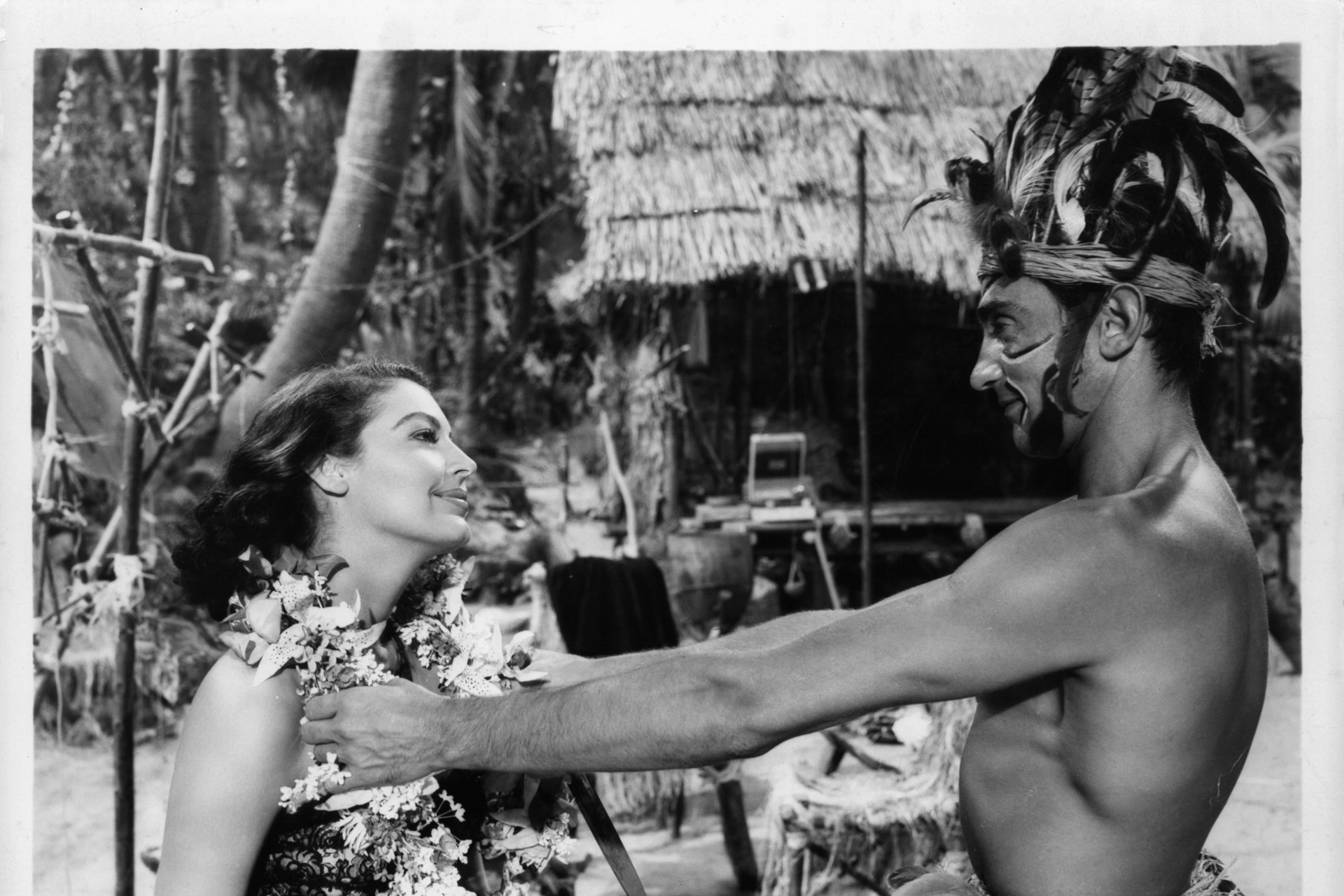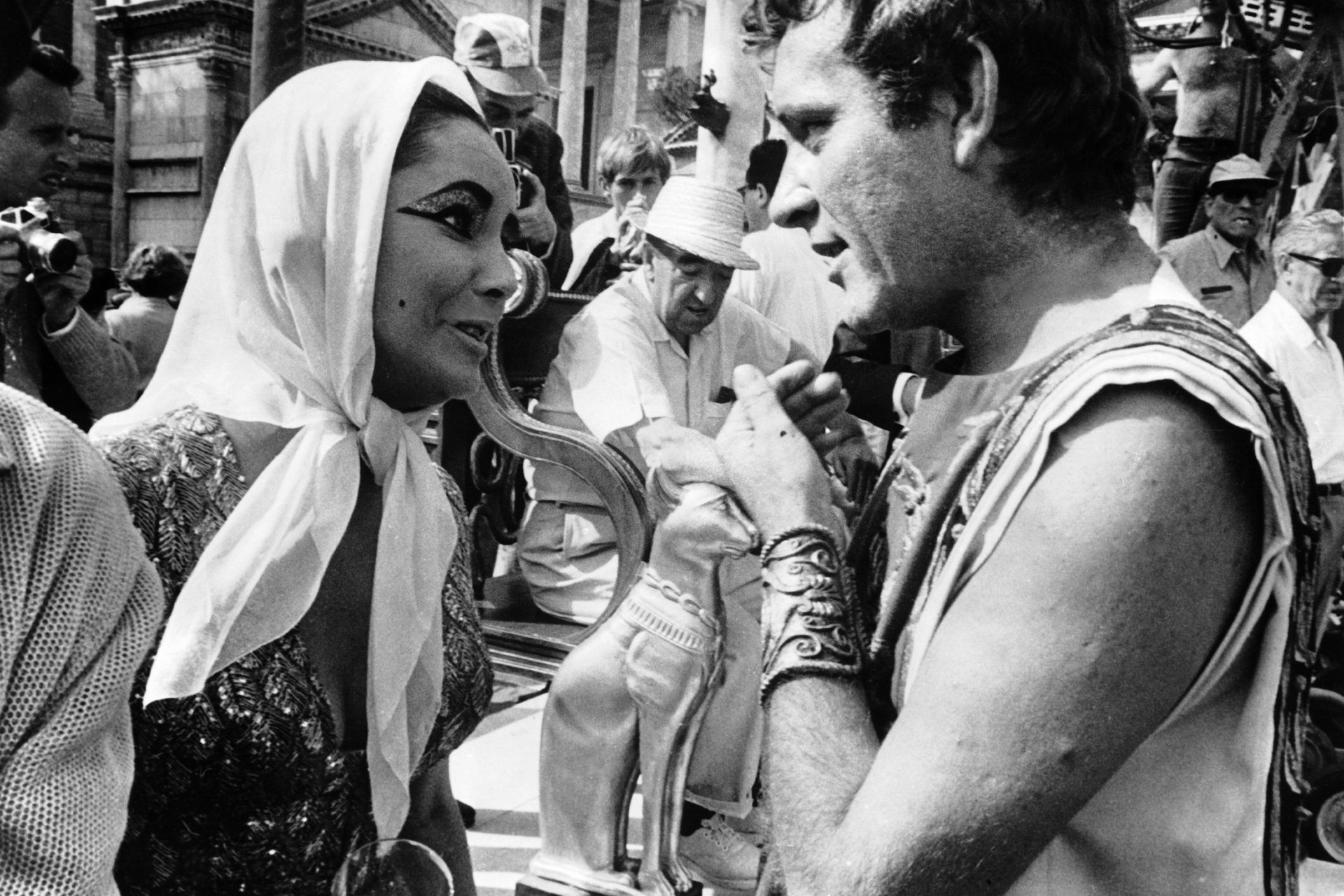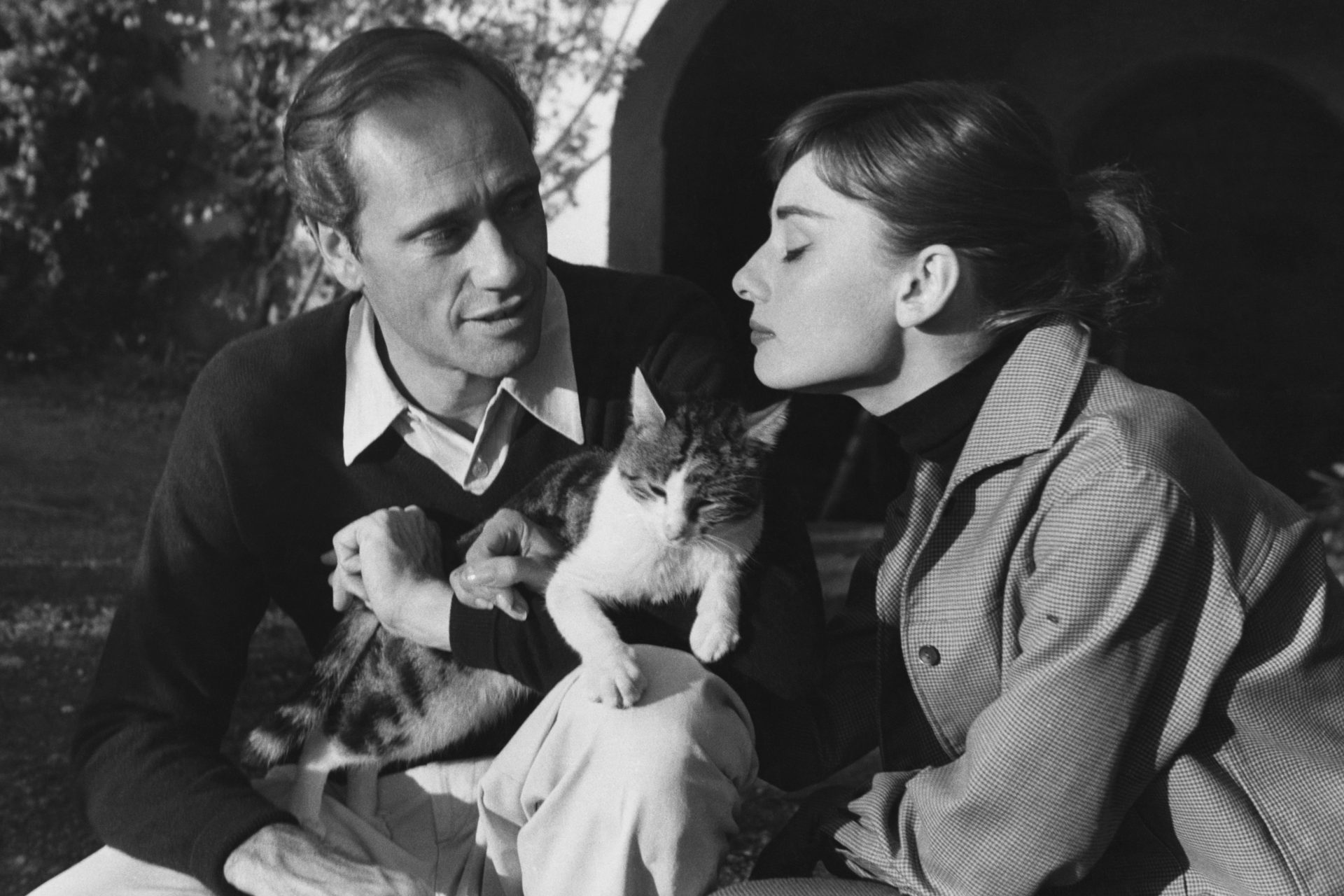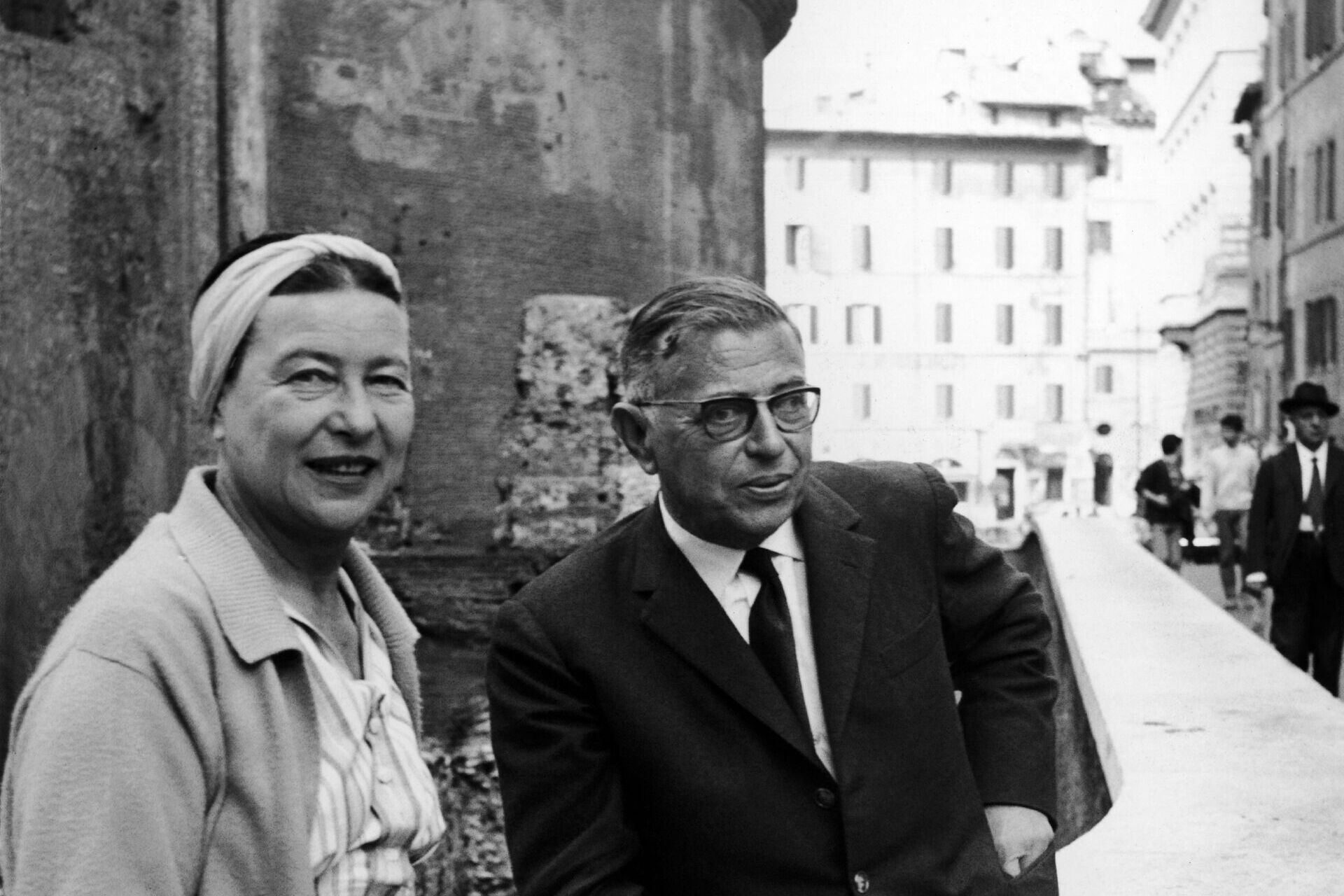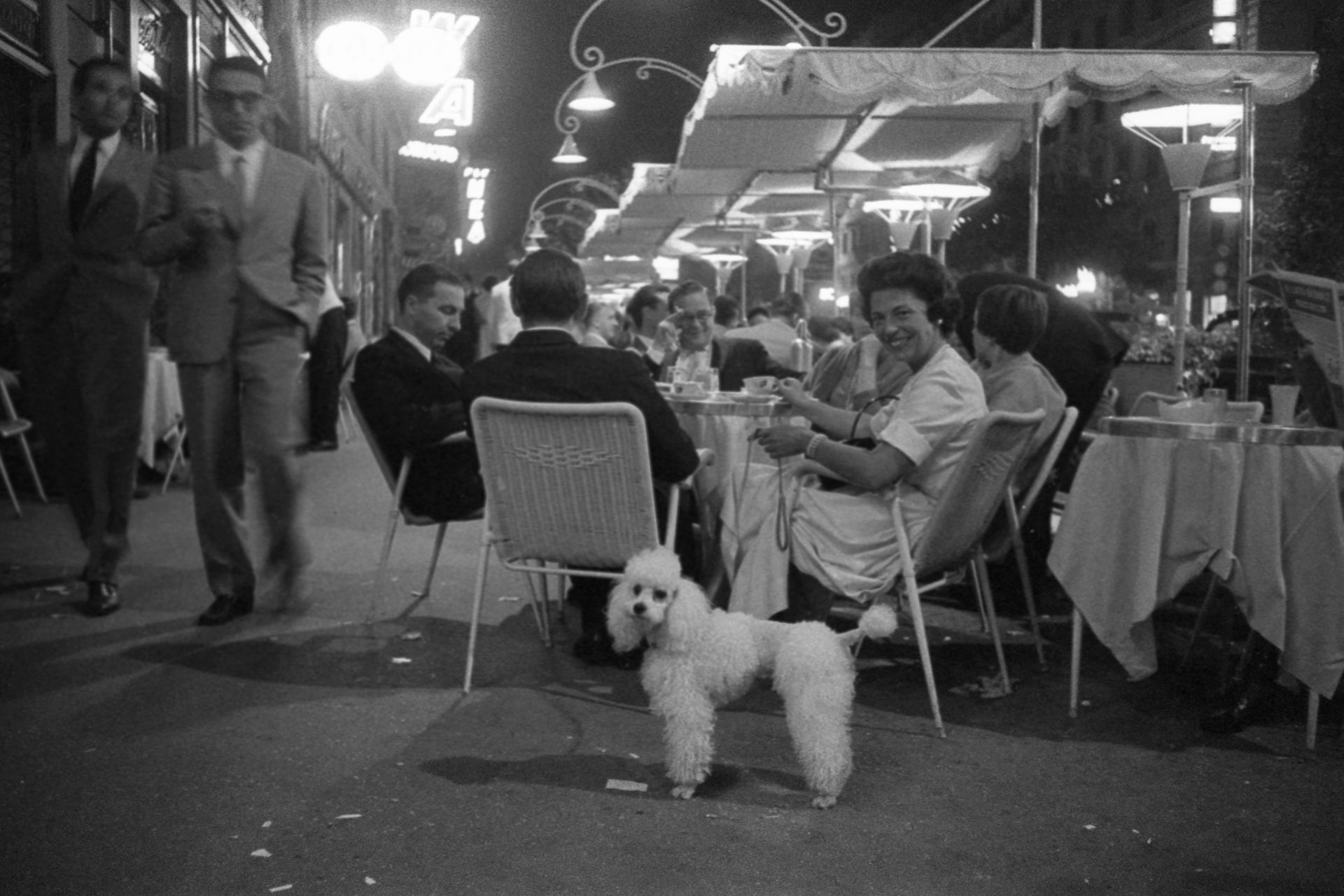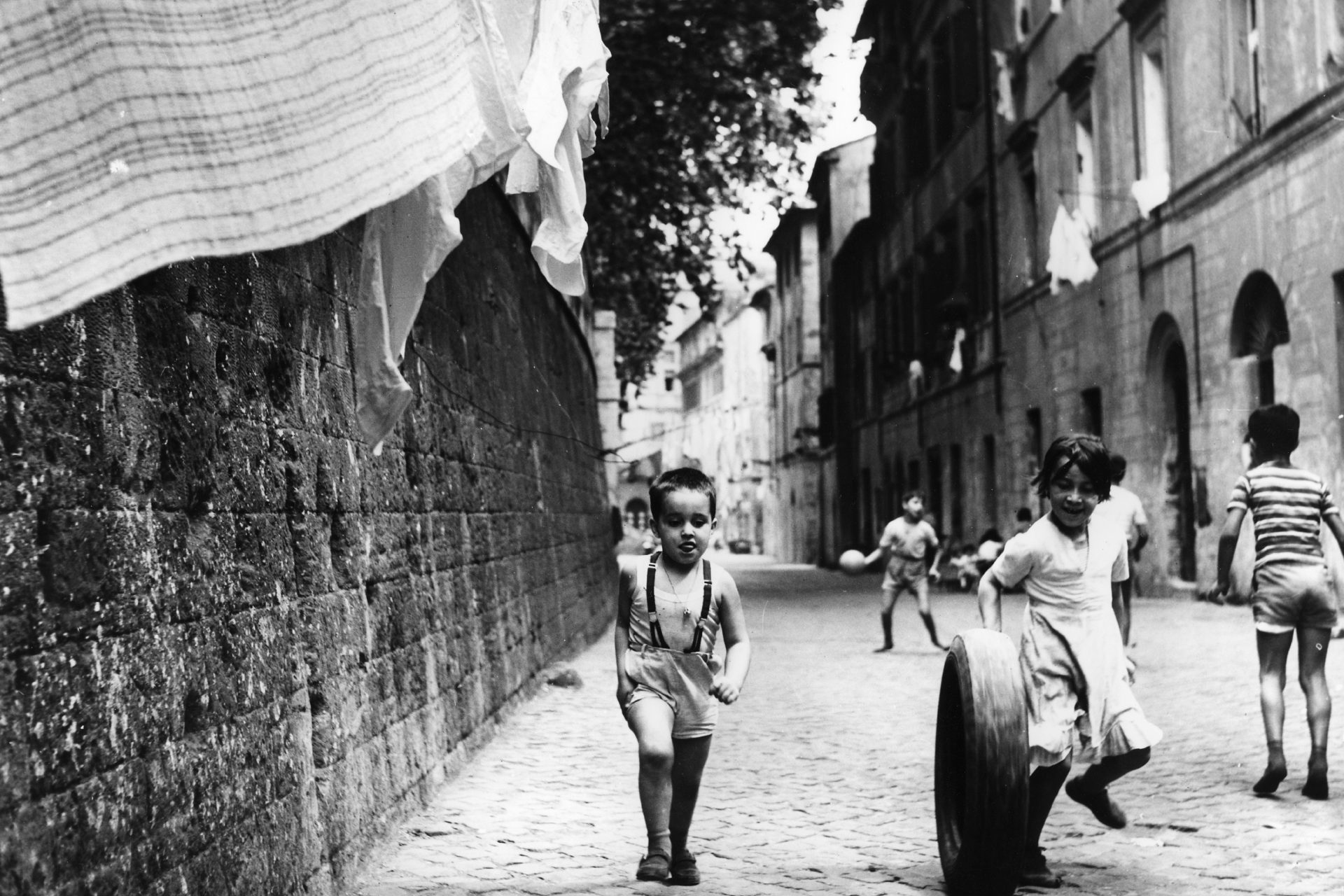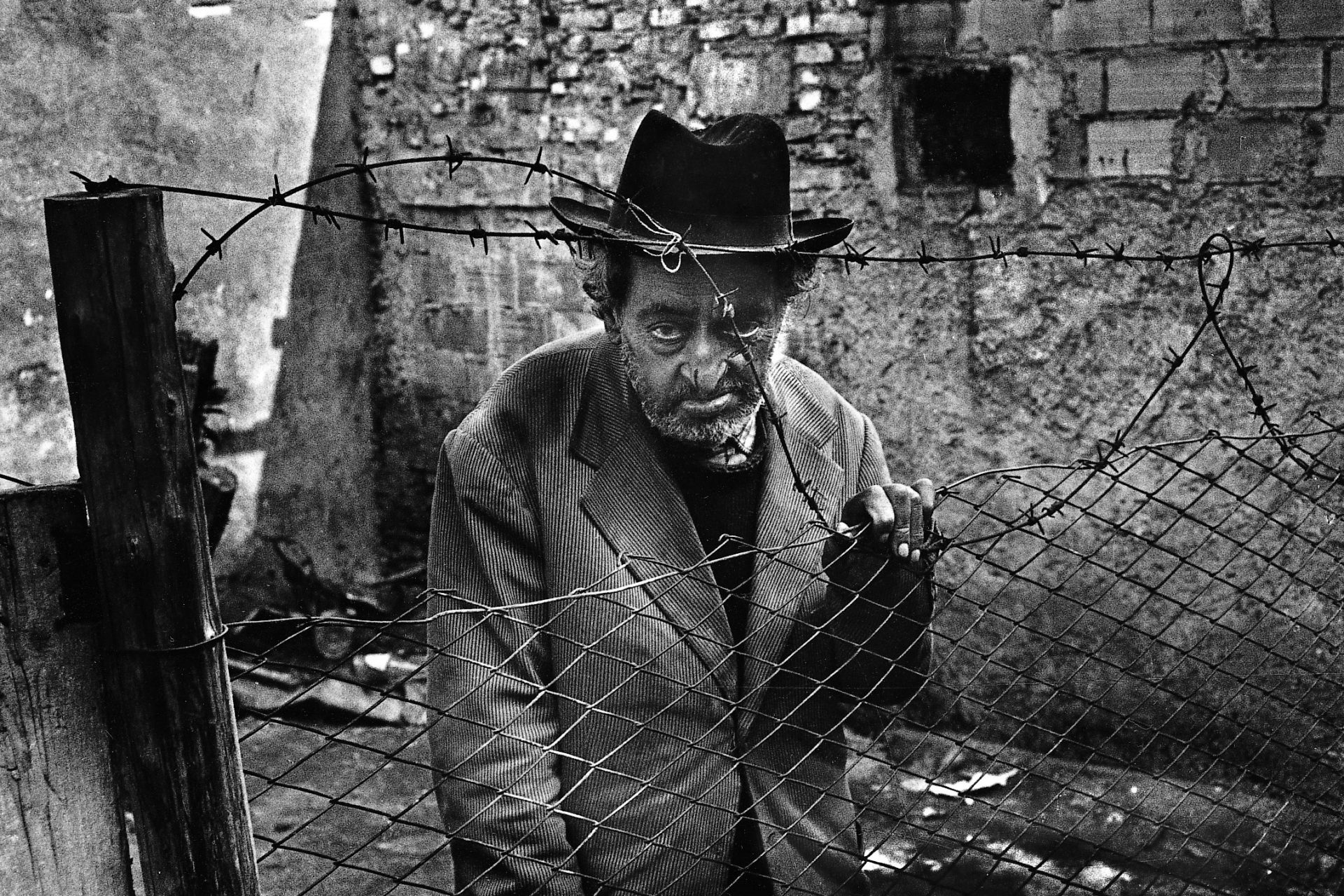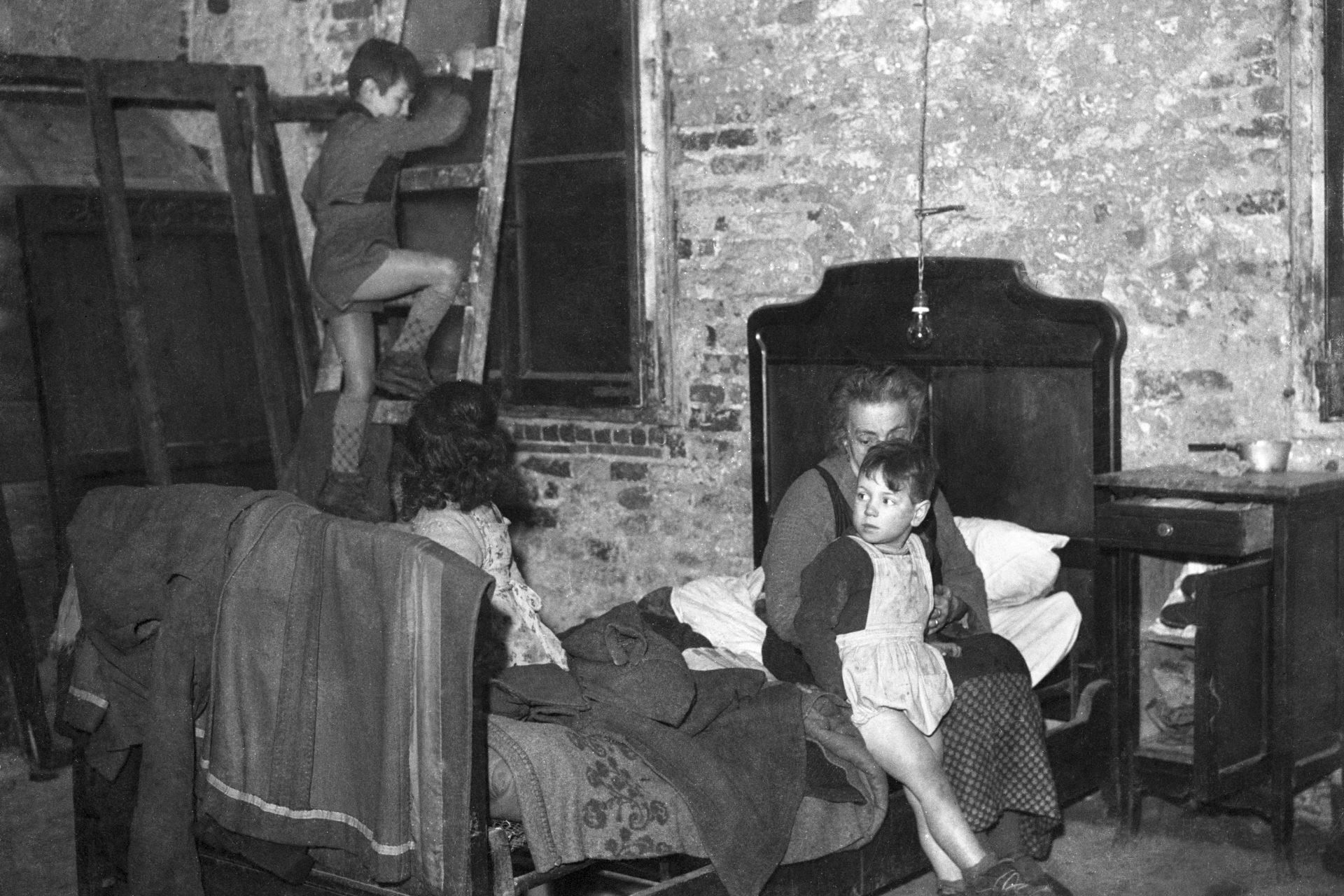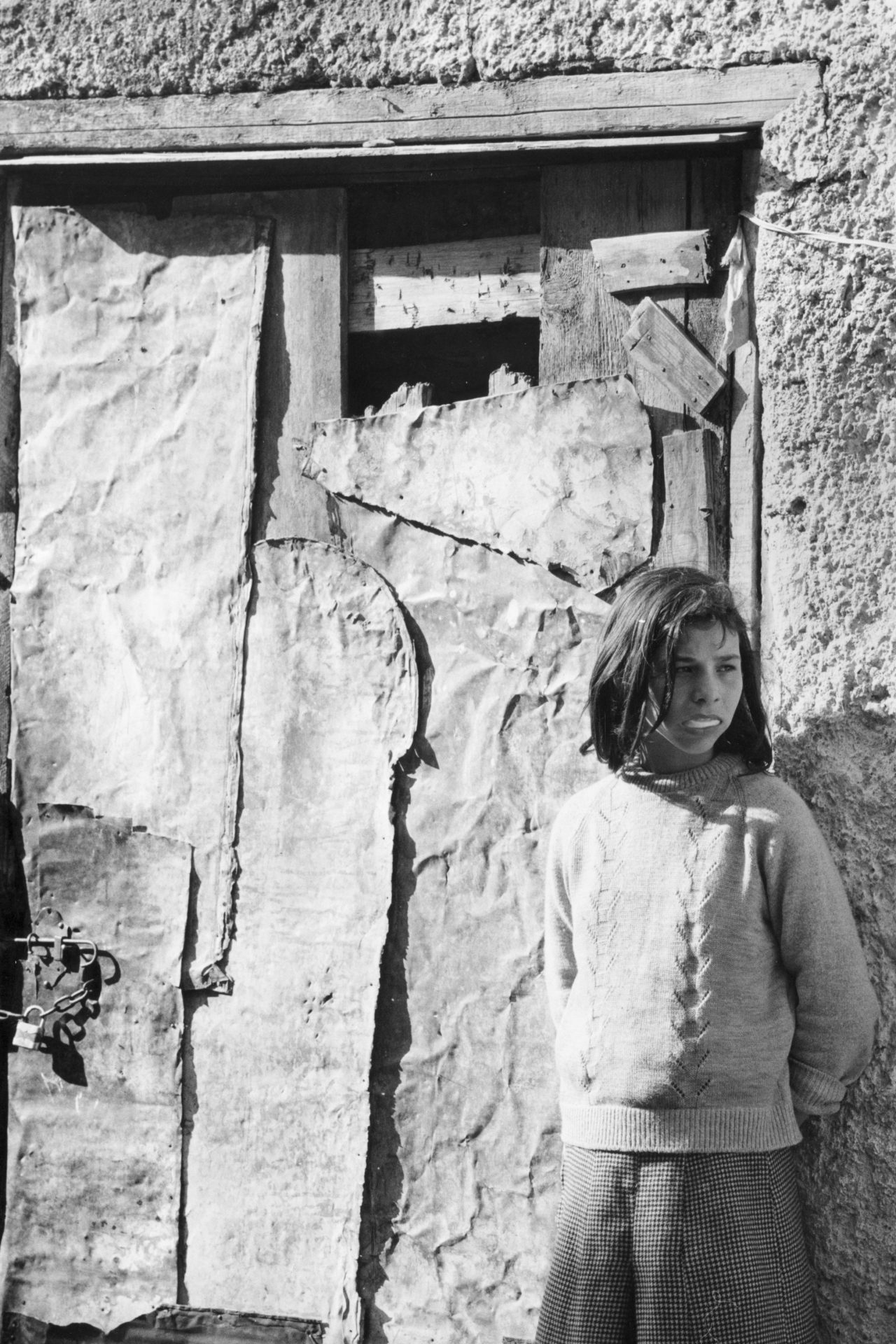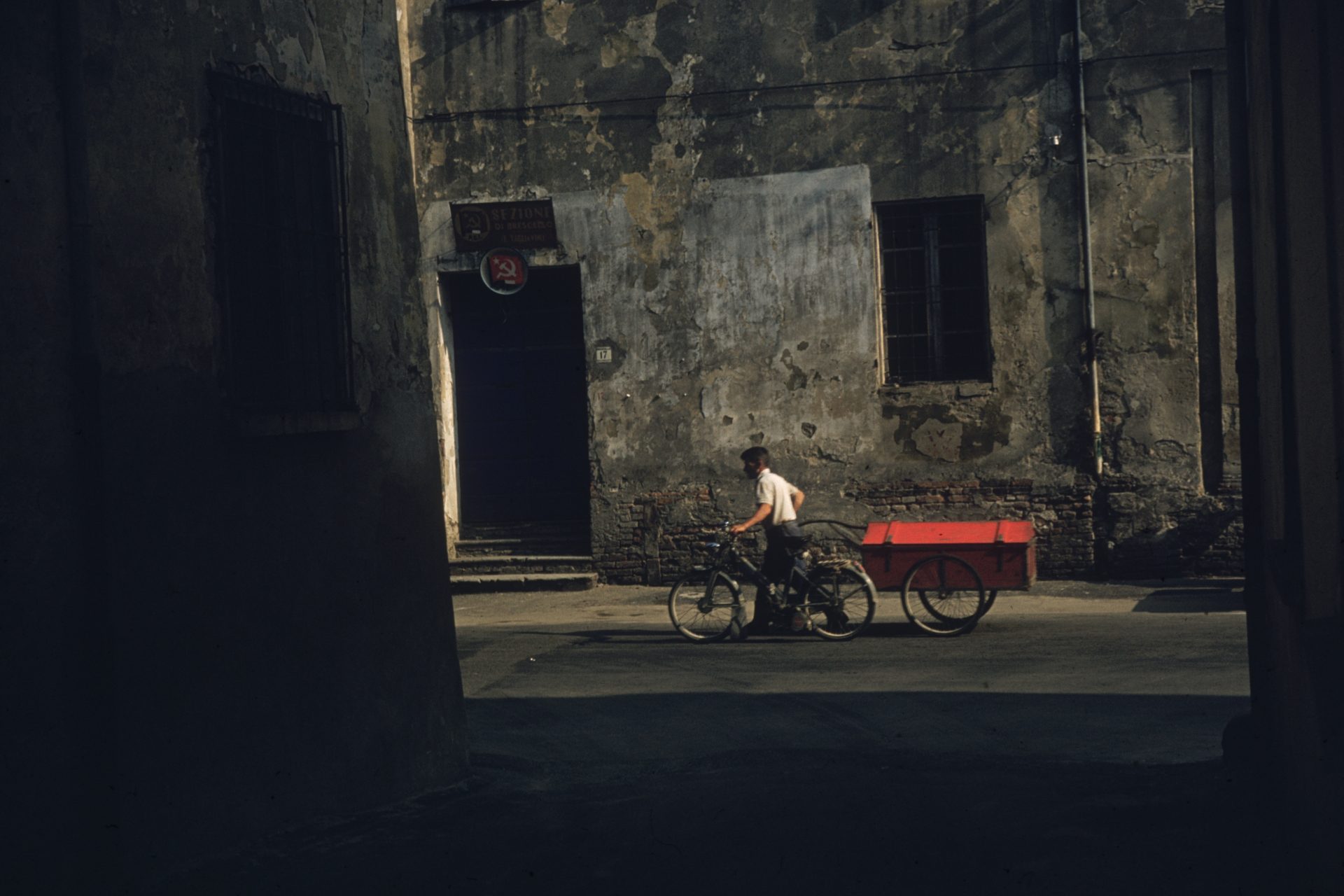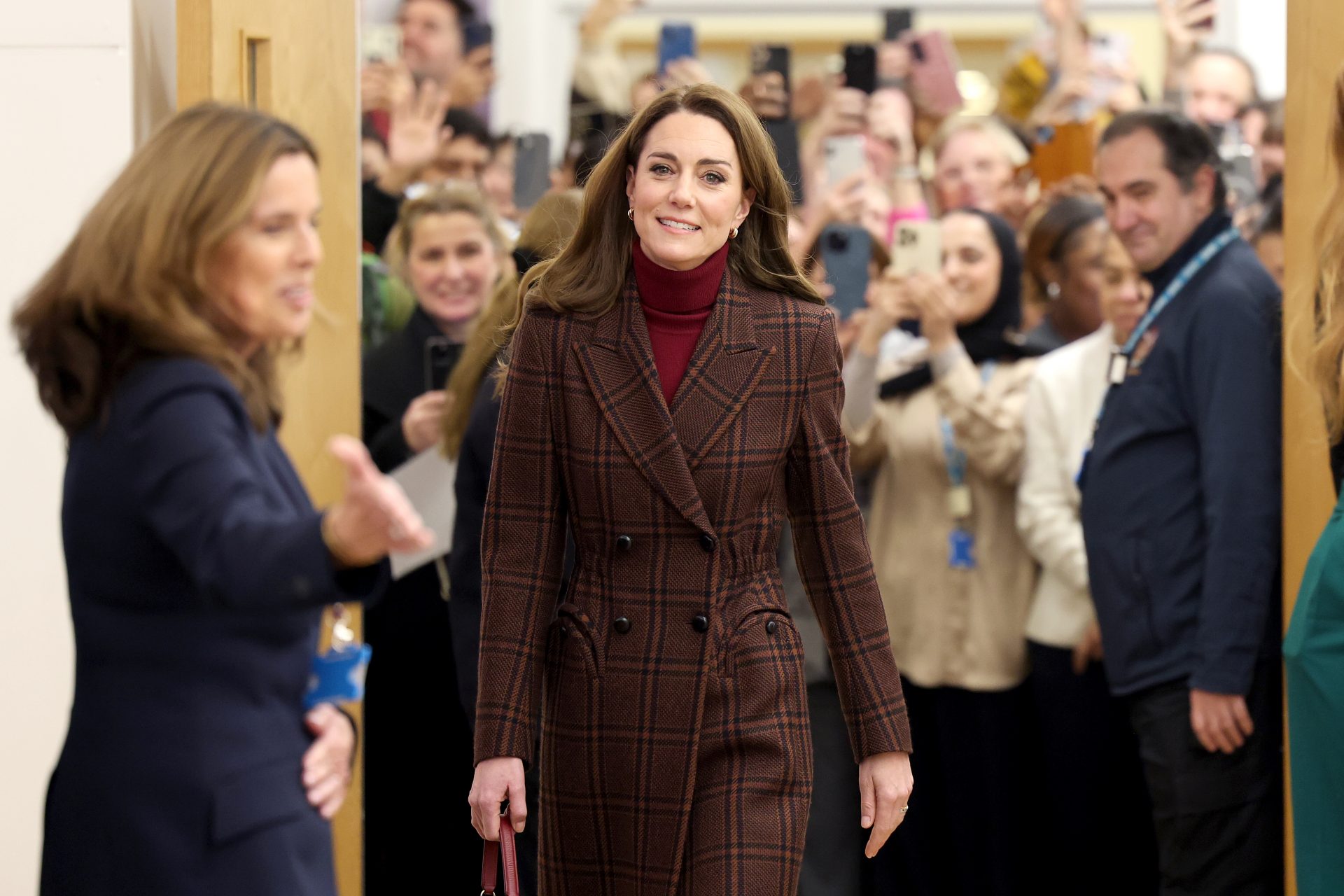The dark story behind 'La Dolce Vita' in Rome
The images of 'La Dolce Vita,' Federico Fellini's film from 1960, are engraved in our collective memory. However, for those who know Italian culture well, there's much more to the story than this funny, romantic film.
La Dolce Vita in Italy, in fact, was not a fairy tale, an imaginary story to be seen at the cinema. La Dolce Vita really existed, in all its contradictions.
We are in Rome, between the end of the 50s and the beginning of the 60s. Italy is on the verge of experiencing the so-called 'Italian economic miracle' after the difficult post-World War II period.
The capital seems to have awakened from the nightmare and hardship of the war period and people have rediscovered the joy of living and the taste for fun.
If Rome is the city of the Dolce Vita, Via Veneto is its true hub, with its luxurious clubs and its parties until dawn: the perfect recipe for attracting the attention of the national jet set.
The streets of central Rome, however, are not only an attraction for Italian stars. International stars, like John Wayne in the picture, also visit the city.
The presence of foreign stars in Rome should not be surprising. In those years the Cinecittà studios were hosting some major Hollywood productions, such as the great American blockbuster 'Quo Vadis.' Producers were attracted to the European country by its low prices and a policy that favored foreign investments.
In the photo: the cast of 'Quo Vadis' in Cinecittà, including Robert Taylor and Deborah Kerr
Rome is therefore bustling with established directors and great actors and actresses (such as Katharine Hepburn), but also aspiring actors, intellectuals, artists, and aristocrats. All of them seem to be in a frantic search for success and fame.
And wherever are celebrities, photographers follow them. After the release of Fellini's legendary film, they will go down in history with the name of 'Paparazzi.'
In the photo: two photographers waiting for the arrival of Brigitte Bardot in 1963
The king of the Roman Dolce Vita was Walter Chiari. He inspired Fellini's film of the same name. His love adventures, the arguments and brawls with the paparazzi, and the scenes of jealousy in which he was the protagonist... they all occupied pages of the tabloids. And to top it off, he had a much-talked-about relationship with American diva Ava Gardner.
In the photo: Ava Gardner and Walter Chiari
The two met on the set of 'La Capannina' ('The Little Hut') and it was love at first sight. Inseparable, Ava Gardner and Walter Chiari became the most followed (and persecuted) celebrity couple by the paparazzi. Their love ended as fast as it had begun, but that was enough for the myth of La Dolce Vita.
The Roman cinematographic world sparked more than one romance. It wasn't just Ava Gardner whose heart was stolen. Liz Taylor fell in love with Richard Burton while filming 'Cleopatra' in Rome.
On another occasion, Audrey Hepburn met her first husband, Mel Ferrer, while filming 'War and Peace' in Rome.
Roman nightlife didn't just attract filmmakers but also personalities from the world of art and literature, such as Jean-Paul Sartre and Simone de Beauvoir (pictured), Igor Stravinsky, and the sculptor Alexander Calder, among others.
Literary cafés became the favorite meeting places of the Roman bourgeoisie as well as artists, writers, journalists, and politicians.
The Italian capital, however, was not only that of 'La Dolce Vita' celebrated by Fellini. A large part of Rome was still a city where the wounds of the war and the difficulties of the post-war period had not healed.
Poverty was a reality that Italy at the time did not want to see or show to the world.
According to ISTAT (the Italian Institute of Statistics), over 13,000 families in Rome were forced to live in shacks in the early 1960s.
They were far from the luxury of movie stars and the wild entertainment of the Via Veneto nightclubs.
And this, unfortunately, was the dark side of La Dolce Vita. It was a dramatic reality that cinema did not always have the courage to show us.



